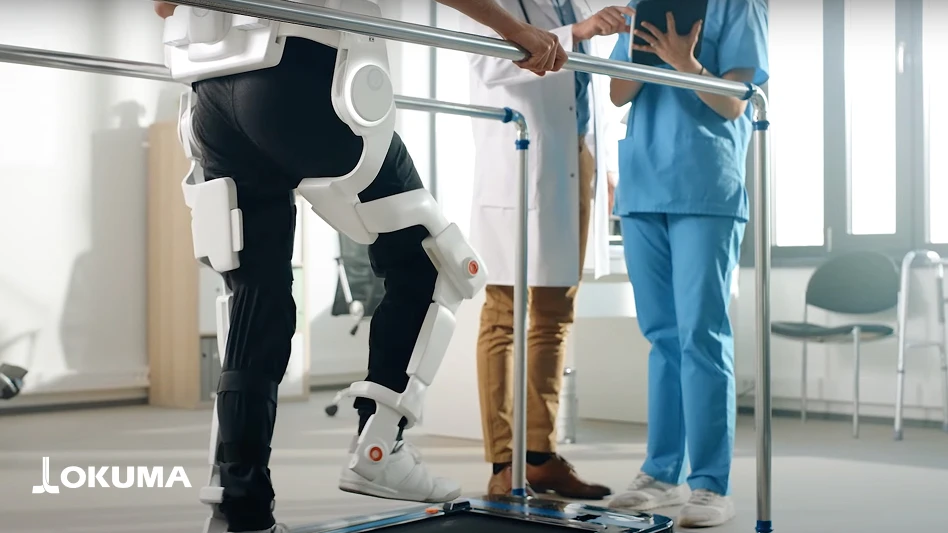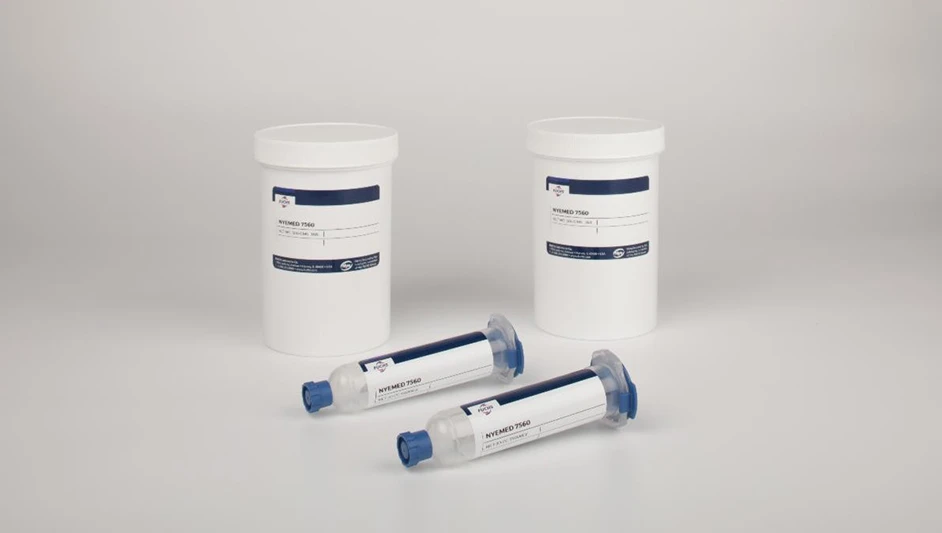
TXI
In the era of value-based care, providers across the care spectrum are being measured (and compensated) on patient health outcomes. While nobody is arguing with the premise of that focus, many providers are struggling to adapt to the new measurement system while also delivering compassionate, effective care.
One problem is that, as the industry scrambles to adapt to evolving value-based care metrics, providers and healthcare systems are being bombarded with tech tools purporting to make life easier.
But too many of these tools fall short of the mark. One common reason is that they only accommodate one of two necessary participants. Digitized medical charts, for example, make it easier for physicians’ practices to track and access patient data, but can be frustrating to patients if one provider’s electronic health record (HER) can’t easily share data with another’s.
Or else the reverse happens: smart health devices like the Apple Watch may track all kinds of health-related activity that patients rely on – but most of it can’t easily transfer to an EHR. What we need to drive better health outcomes are tools that take the needs and desires of both providers and patients into consideration.
The good news is that there's an established way to do that – while also accounting for business viability and technical feasibility. It’s called product innovation. In this piece, I’ll explain how product innovation works in healthcare and how it leads to better patient treatment adherence and, ultimately, better health outcomes.
What is product innovation?
I realize that “product innovation” sounds a little buzzy. What it describes is a value system that balances three considerations when creating new things: user desirability, business viability, and technical feasibility.
In the context of healthcare, that means creating new products (or improving existing ones) in such a way that…
- Doctors feel good about prescribing them and patients use them as intended (user desirability).
- The business has available resources and a realistic plan to market and sell the product in a way that attracts users (business viability).
- The products can be maintained and evolved by the business with its existing operational infrastructure (technical feasibility).
Maybe the simplest way to explain how product innovation is different from a traditional approach to building new products is this: when you embrace product innovation, there's significantly less risk that you will produce a flop. That is, you’ll never invest lots of time and resources into building something that users don’t adopt or that the business can’t maintain for the long term.
In non-healthcare settings, that’s compelling because it means businesses can avoid months of expensive development that leads nowhere. In healthcare, the stakes are much higher: when you embrace product innovation, you avoid investing in solutions that have no effect on patient health (or, worse, that actually harm people).
There are a few key principles involved in developing in this way:
- Start with users. In healthcare, this means speaking to physicians and patients from day one. Without understanding the people who might use a product, it’s highly unlikely we’ll build something that helps them.
- Create iteratively. Rather than building everything heads-down and doing a big launch that could succeed or fail, product innovation calls for creating mockups and prototypes of increasing fidelity. We share these with users and stakeholders from around the business, get feedback, and build the next version taking that feedback into account.
- Diverge, then converge. To have a good idea, you must have many ideas. A key part of product innovation is coming up with many ways of solving a problem, testing the most promising, and learning from those tests to get closer and closer to the best thing.
- De-risk as you go. Ongoing user and stakeholder feedback helps us avoid going too far down a dead-end path.
Now let’s take a look at some use cases to illustrate how this way of working can yield digital health products that inspire patient adherence and so lead to better outcomes.
Accounting for emotions in treating overactive bladder
When we partnered with a digital therapeutics company to develop a product to deliver behavioral therapy to people diagnosed with overactive bladder (OAB), we started the engagement by talking with potential users – that is, people with OAB.
One of the most striking things we noticed during those conversations was that many people started by assuring us their OAB symptoms weren’t a big deal. And then they’d tell story after story of how these symptoms had disrupted their lives.
That sparked an ah-ha moment for us: we saw that people tended to feel a lot of embarrassment about OAB, which signaled that we had to find ways to alleviate that embarrassment in whatever we built.
Subsequent prototype testing led us to develop a chatbot to accompany a digital bladder leak diary. CeCe, the chatbot, uses friendly, non-technical language. The imagery and language of the app are bright, cheerful, and matter-of-fact. When users record a bladder leak and the conditions in which it happened, CeCe offers them context about how many other people with OAB have similar experiences, which eases embarrassment by communicating to users that they’re not alone. With feasibility in mind, we built the product as a simple web app vs. a native app. This work was for beta testing that will eventually lead to a product that applies for FDA approval.
Zoom out, and the implications are significant: almost 50 million people have at least one chronic pelvic health disorder, with treatment costs greater than $100 billion per year. What's more, many of these people live four hours or more from a practitioner who can offer specialized treatment. A digital health solution available on a smart device could greatly improve symptoms, prevent progression of conditions, improve the quality of life for patients, and help manage the cost of the condition.
Replacing patient memory with data in spinal fusion recovery
The unreliability of memory is well established. It can be particularly hard to remember pain, especially when trying to gauge the pain you’re feeling today versus the pain you felt three weeks ago. That makes the work of spinal surgeons tricky: a key metric to track after spinal fusion surgery is whether a patient’s pain is decreasing.
Without an accurate assessment, it’s hard to know how recovery is going, what to recommend, and when (and whether) to change course.
When we talked to spine surgeons about tracking patient recovery, they expressed a desire for more objective data, both about patients’ pain and about their adherence to recovery protocols, like wearing a bone stimulator and getting regular moderate activity.
When we talked to patients recovering from spinal fusion surgery, we learned that they often avoided activity during the recovery phase because it caused pain, and they were concerned that pain was a signal they should stop and be still.
In fact, moderate activity, while painful in the moment, tends to improve recovery and lead to less pain in the long term. We used all this information to develop an app to accompany a post-surgery bone stimulator. The device had a built-in pedometer, so we built an app that pulled daily step counts and daily device use and sent users a daily prompt to assess their pain.
Over time, patients could see their pain trend down as they used the bone stimulator and maintained regular activity levels – hugely motivating to continue adhering to both protocols.
During their follow-up visits, surgeons were able to look at their data as a PDF, seeing at a glance how well they were adhering and how their pain was trending, and make recommendations based on that data.
To build products users use, build products users love
It sounds obvious once you say it: build products users love, and they’re more likely to use them. In healthcare, that means they’re also more likely to adhere to treatment protocols associated with those products and therefore enjoy improved health outcomes.
Product innovation begins with the end in mind, focusing on developing products that work for both patients and providers who will be using them – while also taking into account technical constraints and business goals.
As health systems look for more cost-effective ways to deliver personalized care to patients, digital tools and products will no doubt play a bigger role in treatment. Embracing product innovation will help ensure efficient use of business resources in development and maintenance, enthusiastic adoption among patients and providers, and strong health outcomes overall.
Get curated news on YOUR industry.
Enter your email to receive our newsletters.Latest from Today's Medical Developments
- Holistic development of medical devices
- Mitutoyo unveils hybrid Hybrid FORMTRACER Avant H-3000 and Formtracepak v6.2 software for precision measurements
- Meet digits: The future of adaptive haptic interfaces
- Maximize space and accuracy with OES's latest vertical stage
- Forkardt Hardinge strengthens market position with ATS Systems acquisition
- July is for learning – so drop in for this month’s second Manufacturing Lunch + Learn
- MMT expands capabilities with acquisition of Comco
- Essential strategies to protect your data







